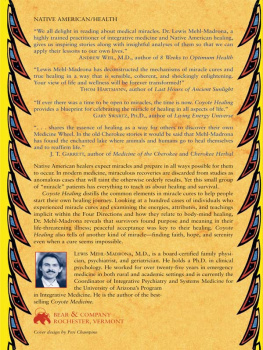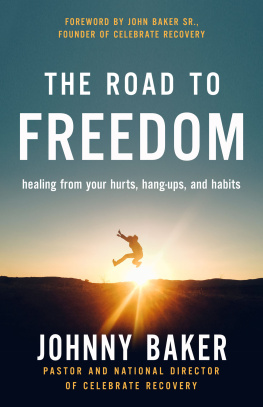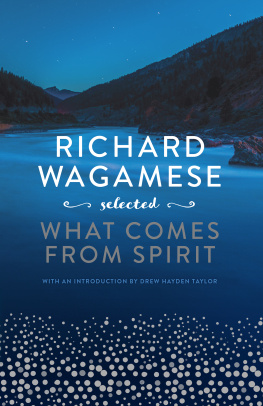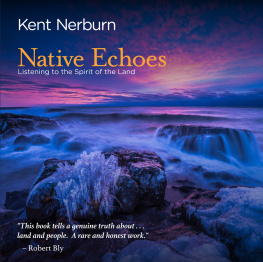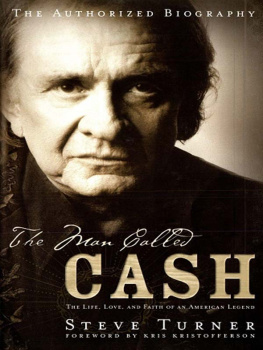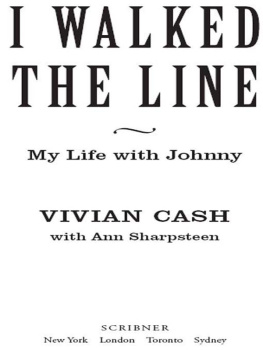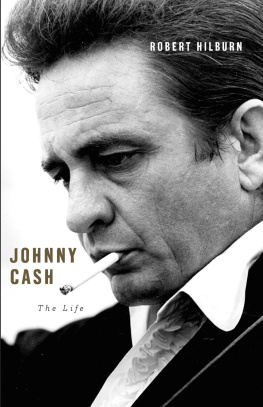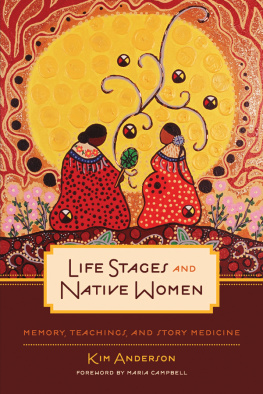ONE NATIVE LIFE
RICHARD WAGAMESE
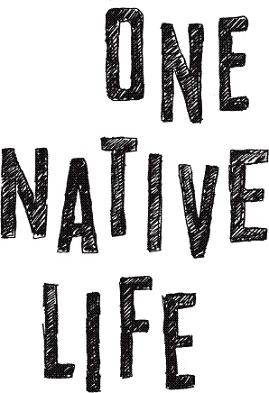
DOUGLAS & McINTYRE
Vancouver/Toronto/Berkeley
Copyright 2008 by Richard Wagamese
08 09 10 11 12 5 4 3 2 1
All rights reserved. No part of this book may be reproduced,
stored in a retrieval system or transmitted, in any form or
by any means, without the prior written consent of the
publisher or a licence from The Canadian Copyright Licensing
Agency (Access Copyright). For a copyright licence, visit
www.accesscopyright.ca or call toll free to 1-800-893-5777.
Douglas & McIntyre Ltd.
2323 Quebec Street, Suite 201
Vancouver, British Columbia
Canada V5T 4S7
www.douglas-mcintyre.com
Library and Archives Canada Cataloguing in Publication
Wagamese, Richard
One Native life / Richard Wagamese.
ISBN 978-1-55365-364-6
1. Wagamese, Richard. 2. Ojibwa IndiansBiography.
3. Indian authorsCanadaBiography. 4. Authors, Canadian
(English)20th centuryBiography. I. Title.
E99.C6W338 2008 C813.54 C2008-902676-4
Editing by Barbara Pulling
Jacket design by Jessica Sullivan & Peter Cocking
Jacket photograph by Tom Schierlitz/Getty Images
Interior design by Peter Cocking
Printed and bound in Canada by Friesens
Printed on acid-free paper that is forest friendly (100% post
consumer recycled paper) and has been processed chlorine free.
Distributed in the U.S. by Publishers Group West
We gratefully acknowledge the financial support of the Canada
Council for the Arts, the British Columbia Arts Council, the Province
of British Columbia through the Book, Publishing Tax Credit, and
the Government of Canada through the Book Publishing Industry
Development Program (BPIDP) for our publishing activities.
For Debra,
for all the mornings of the world
...
Defenceless under the night
Our world in stupor lies;
Yet, dotted everywhere,
Ironic points of light
Flash out wherever the Just
Exchange their messages:
May I, composed like them
Of Eros and of dust,
Beleaguered by the same
Negation and despair,
Show an affirming flame.
W.H. AUDEN, SEPTEMBER 1, 1939
Contents
...
...
MY HEARTFELT THANKS go out to all the producers and editors who saw the worth of these stories and broadcast or printed them. Deb and I are immensely grateful to the Yukon News, the Calgary Herald, the NativeJournal, the Wawatay News, the Anishinabek News, the First Nations Drum and Canadian Dimension. I am deeply appreciative of the efforts of Missinippi Broadcasting of La Ronge, Saskatchewan; the Native Communications Society of the Northwest Territories; the Wawatay Radio of Sioux Lookout, Ontario; and, especially, of CFJC-TV in Kamloops, British Columbia. Among our southern neighbours, Id like to thank News from Indian Country in Hayward, Wisconsin; Indian Country Today in Oneida, New York; and Native American Times in Oklahoma for bringing these stories to their communities.
Of course, none of these stories would ever have seen the light of morning without the love, care and guidance of Dr. Charles Brasfield of the North Shore Stress and Anxiety Clinic in North Vancouver, British Columbia, or, in earlier times, of Dr. Lyn MacBeath.
Thanks and a holler over the back fence to the people of Paul Lake, especially to Merv Williams and Ann Sevin for the barge, the time on the water and the friendship. Our lives are richer for the friendship of the DaciuksRon, Carol, Ed, Arlene and Shannonand of John and Penny Haggarty, Muriel and Peter Sasakamoose and Rick and Anna Gilbert.
To our new friends Dian, Richard and Jacob Henderson, we say Chi Meegwetch for the honour of your friendship.
To Barbara Pulling, for a wonderful job of editing these pieces and creating a manuscript; Scott McIntyre of Douglas & McIntyre; my agent, John Pearce, and all the folks at Westwood Creative Artists, my great thanks.
Thanks as well to the Canada Council for helping financially during the writing of this book.
ONE NATIVE LIFE
...
THE SUBLIME MOMENTS in life are like the first push of light against the lip of a mountain. You watch that pink climb higher, becoming brighter, slipping into magenta, then orange, and then into the crisp, hard yellow of morning. As the light changes, you can forget the pink that drew your eye, and its on mornings when you see it again that you recall how it touched you, altered things for you, gave you cause to celebrate.
This book was born in the hush of mornings.
Theres a lake that sits in a cleft of mountains above Kamloops, British Columbia. Paul Lake is three miles long, narrow, and the land that slopes down to its northern shore is filled with fir, pine, aspen, ash and birch and thickets of wild rose, blackberry and raspberry. Its reserve land that belongs to the Kamloops Indian Band, and the small community built up there comprises largely folks grown tired of city life who want the peace that a life in the mountains affords.
My partner, Debra Powell, and I came here in August of 2005. Theres a small rancher-style house that overlooks the lake, and when we saw it we knew we had to make it our home. Wed both grown up in cities. Deb had lived in New York and Vancouver, and I had lived in every Canadian city west of Toronto. Both of us were approaching our fifties that late summer, and wed grown tired of the clamour and clangour of Burnaby, British Columbia, where wed met and lived together up until then. We sought a haven, and as we walked the half-acre lot the house sat on, we felt as though wed found it.
It was a house, but right from the beginning we called it our cabin. It had been built by a seventy-two-year-old Swede named Walter Jorgenson, and the place showed the hand and eye of a single septuagenarian. The carpets were mouldy. The cabin hadnt seen a paint job in some time. The deck was unfinished, and the house badly needed a roof. Still, the land it sat upon sang to us, and we found a way to make it ours.
A gravel road curves from the main road to the lakeshore. My dog, Molly, and I began to make a stroll down to the water every morning. The land settled around my shoulders. On those morning walks I breathed in the crisp mountain air and felt it ease me into a peace I had seldom experienced. I felt reconnected to my Ojibway self. The more I presented myself to the land in those early hours, the more it offered me back the realization of who I was created to be.
I began to remember. The sound of squirrels in the topmost branches of a pine tree reminded me of a forgotten episode from my boyhood; the wobbly call of the loons took me back to an adventure on the land when I was a young man. And there was always the light. The shades and degrees of it evoked people and places I hadnt thought about in decades. Every one of those walks allowed me the grace of recollection, and I began to write things down. I started to see my life differently. Up until then I had considered it a struggle, an ongoing fight for identity and a sense of belonging. Those walks with Molly let me see that I had lived a life of alternation between light and dark, and that the contrast itself was the identity I had always sought.
I had lived one native life. Within it were the issues and the struggles of many native people in Canada, but my life was unique. It was mine. It became important for me to reclaim the joy, the hurt and the ordinary to-and-fro of it.
The first reason I wanted to do that was my own healing. Id suffered abuse and abandonment as a toddler. My terror was magnified in foster homes and in an adopted home where I lived for seven years. For a long while afterwards I tried running away, hiding or drinking excessively to shut out the pain. Gradually, with the help of therapists, I understood that I wasnt crazy. It was the trauma that had caused me to choose hurt over joy, that made me believe my life would always be a bottomless hole of blackness and misery. Walking in the light of those mountain mornings helped me to see where the teachings and the grace and the happiness had been.
Next page


